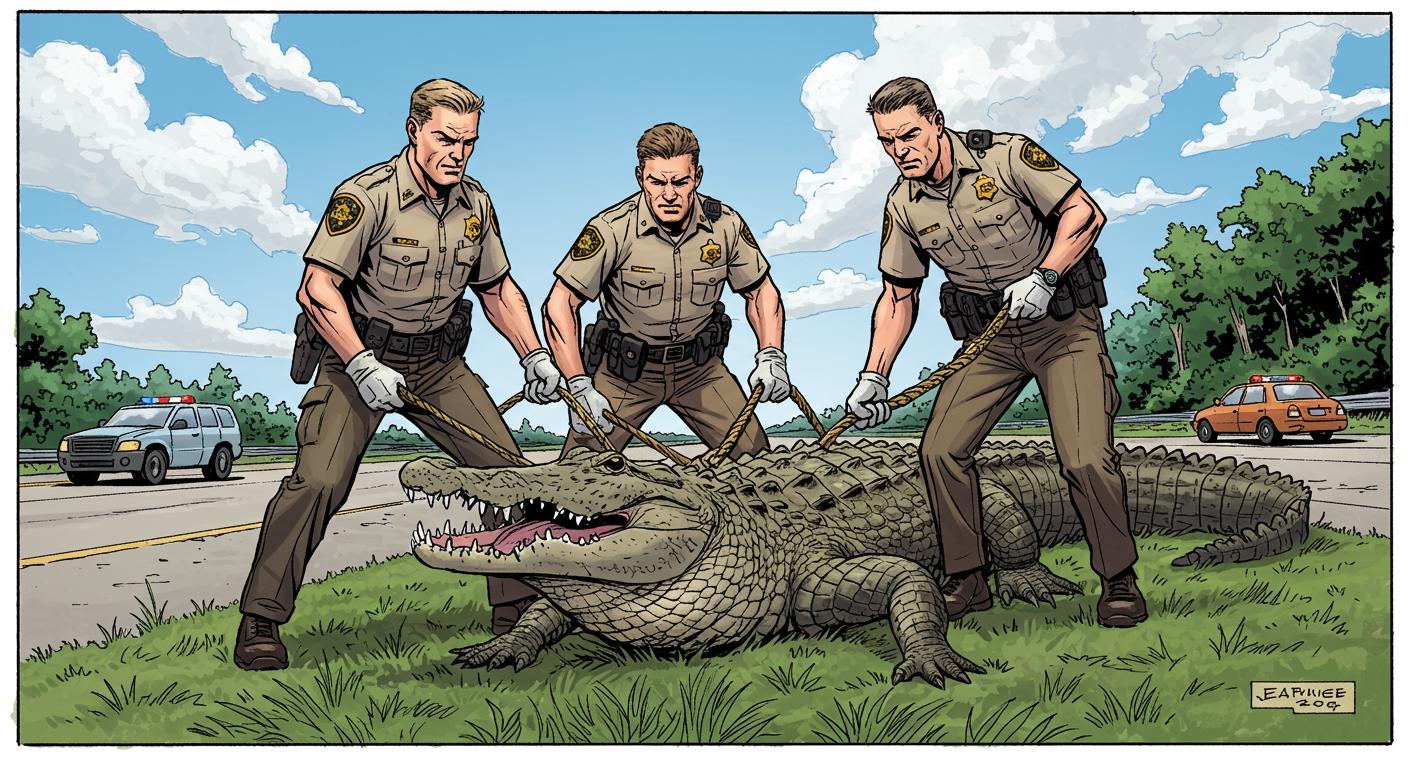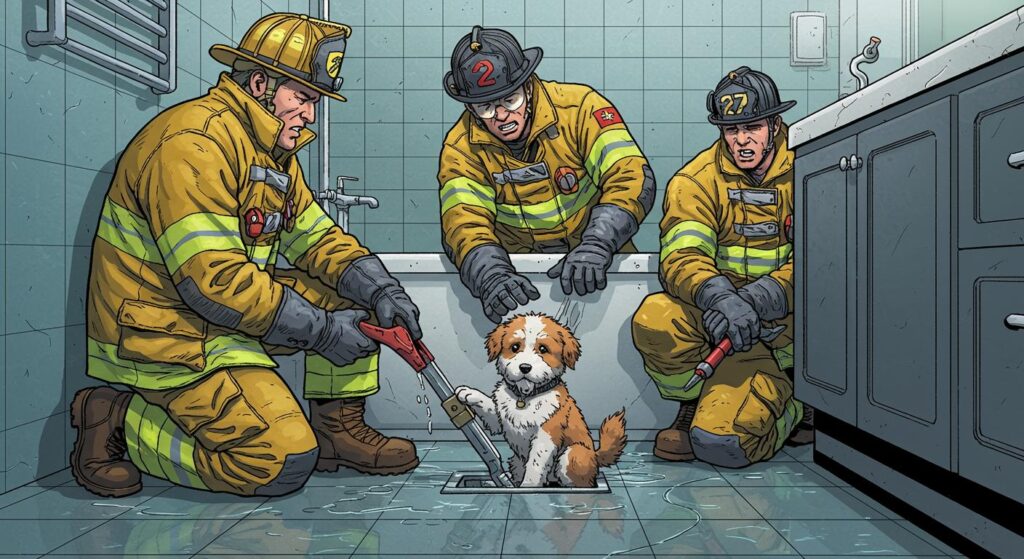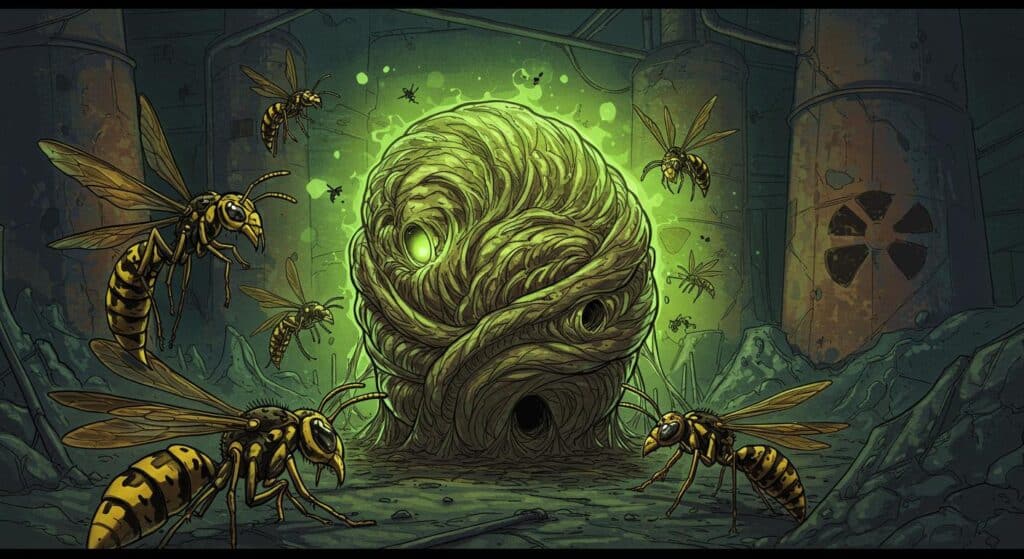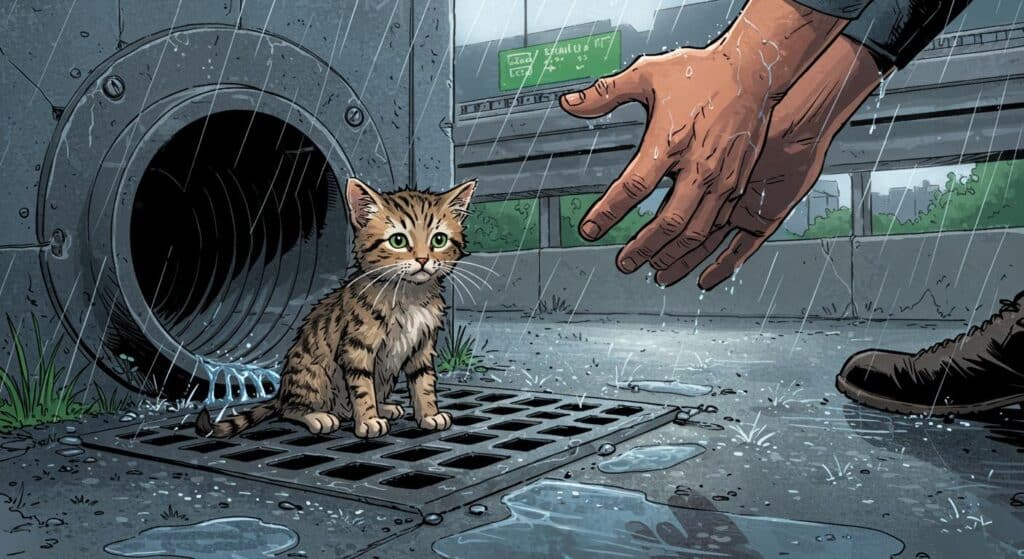If you ever find yourself driving down Florida’s Turnpike and think, “Well, at least the only thing slowing me down will be other cars,” think again. As UPI reports, an unexpected traveler on the emergency shoulder caused a peculiar—though not wholly surprising—blip in Miami-Dade’s southbound lanes: a nine-foot alligator, apparently eager to sample the local commute.
Wildlife Traffic Control: Florida Edition
According to the Florida Highway Patrol and as chronicled by UPI, two lanes near the Northwest 74th Street exit were temporarily blocked as officers from the Florida Fish and Wildlife Conservation Commission (FWC) handled a situation that is, in Florida at least, only slightly more unusual than rush hour rain. The alligator was discovered on the emergency shoulder—an incident that underscores how easily the boundaries between human transit and wildlife territory can blur.
The FWC handled the intervention with a sense of routine that comes only from deep familiarity. As described in a statement provided to WPBF-TV and cited by UPI, the agency pointed out that its Statewide Nuisance Alligator Program (with the rather optimistic acronym “SNAP”) exists precisely for occasions such as this: containing alligator threats in developed areas, while balancing the conservation needs of these reptiles. SNAP deploys contracted trappers across the state to take action when alligator routes intersect with those of a few thousand drivers.
Florida: Where Reptiles and Reroutes Coexist
The alligator in question, measuring an estimated nine feet in length, was ultimately relocated to a nearby canal—a gentle reminder that even Florida’s major highways can double as wildlife corridors. The article notes that Florida’s officials placed public safety as their highest priority and administered SNAP intentionally to prevent incidents like this from escalating.
A passing glance at Florida’s recent “Odd News” headlines, as shown in UPI’s roundup, offers further evidence that the state’s relationship with animal misadventures is long-standing. In the last week alone, reports have documented firefighters rescuing a raccoon from a trash can in Coral Springs, deputies untangling a coyote from a vehicle’s front bumper, and even a tortoise making a slow but determined escape before being found outside an ice cream parlor.
A Croc by Any Other Commute
One can’t help but wonder what the alligator’s morning was like. Did it wake up, see the shimmer of the Turnpike, and think, “Looks warm—time for a stroll”? Or is there a deeper message in these persistent cross-species encounters, prompting us to reconsider how urban planning and wildlife coexist, especially where water, roads, and reptiles overlap so freely?
At the very least, the pause afforded to drivers near Northwest 74th Street offers an upgrade over the usual stop-and-go: the rare privilege of telling their friends, “Sorry I’m late, there was an alligator on the highway.” In Florida, it’s practically a local rite of passage. One wonders if there’s a frequent traveler program for the wildlife, too—ideally one that keeps gators off the road and in their natural lanes.
For now, the Turnpike is clear, commuters are back to their own kind of vehicular chaos, and the alligator has presumably swapped the roar of engines for the quieter currents of a canal. In Florida, the return of odd animal adventures to the news cycle is less a matter of “if” than “when.”







